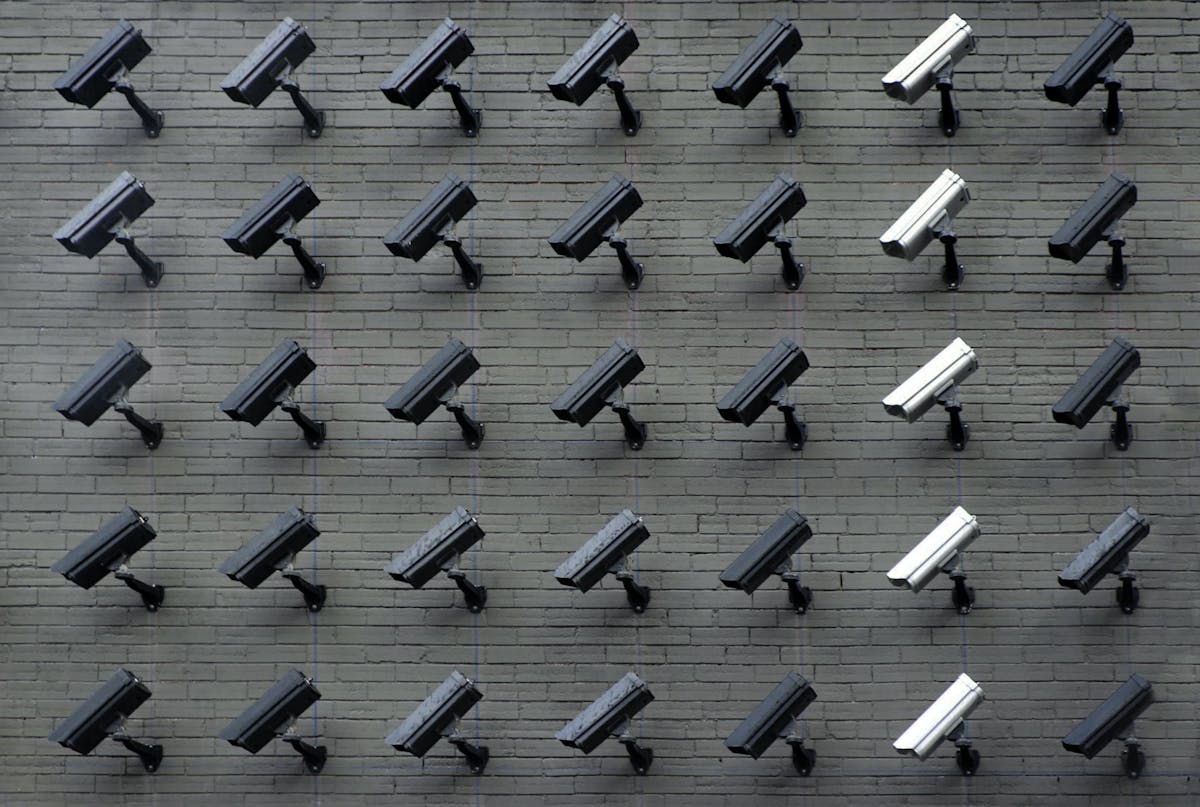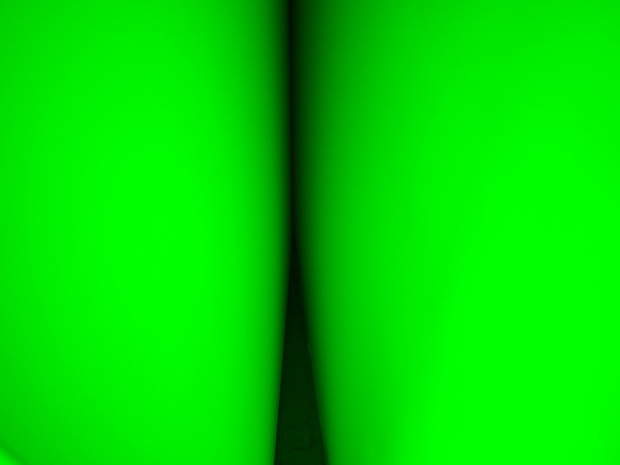Make it real
Discussion with Surya Mattu
There were two big themes that stuck with me after our conversation with Surya last Friday. The first was the powerful, consistent strategy employed create impactful journalism. The second, was the power of asking questions when compared to providing answers, a power I believe I’ve been grossly underestimating. I’ll touch on both briefly.
In each of the projects Surya presented, there was consistent one-two punch employed that I believe made them particularly effective. The first was to make the story real for the audience; make it unique to them so they really feel the consequences of what is happening. Whether that’s providing them with their wi-fi history, allowing them to look up trackers on their most visited sites, or detailing harrowing stories of the victims effected vy machine bias. The second aspect was providing tools to take action, or document their own experience. These tactics permit the audience to feel wronged, and give an implicit call to action, sidestepping the "okay, but now what?" response some political journalism evokes.
The second piece of the discussion I’ve been thinking about since our conversation ended, was Surya’s demonstration of the power of simply asking questions. There’s tremendous value in simply raising public awareness around an issue and getting people to engage with it. There’s a lot of pressure on developers, designers, and entrepreneurs to create solutions and products. This often ends up in them inventing solutions as well. I’ve been occupying this limited problem space for a while; going forward I’d like focus on elevating consciousness and awareness in addition to solutions.
The concept of power in organization and its relation to technological solutions is directly correlated to the causal flow discussed in Ch. 5 of Twitter and Teargas. While technology certainly plays a role in enabling social change, it also forms a construct that establishes the rules for who can and cannot participate in that change. By focusing only on solutions and products, designers fall pray to the same technocratic fallacies as the reporters decrying "facebook uprisings." It’s important to think critically about the causal role of individuals and groups in social change, not just the technology that unites or amplifies them.

